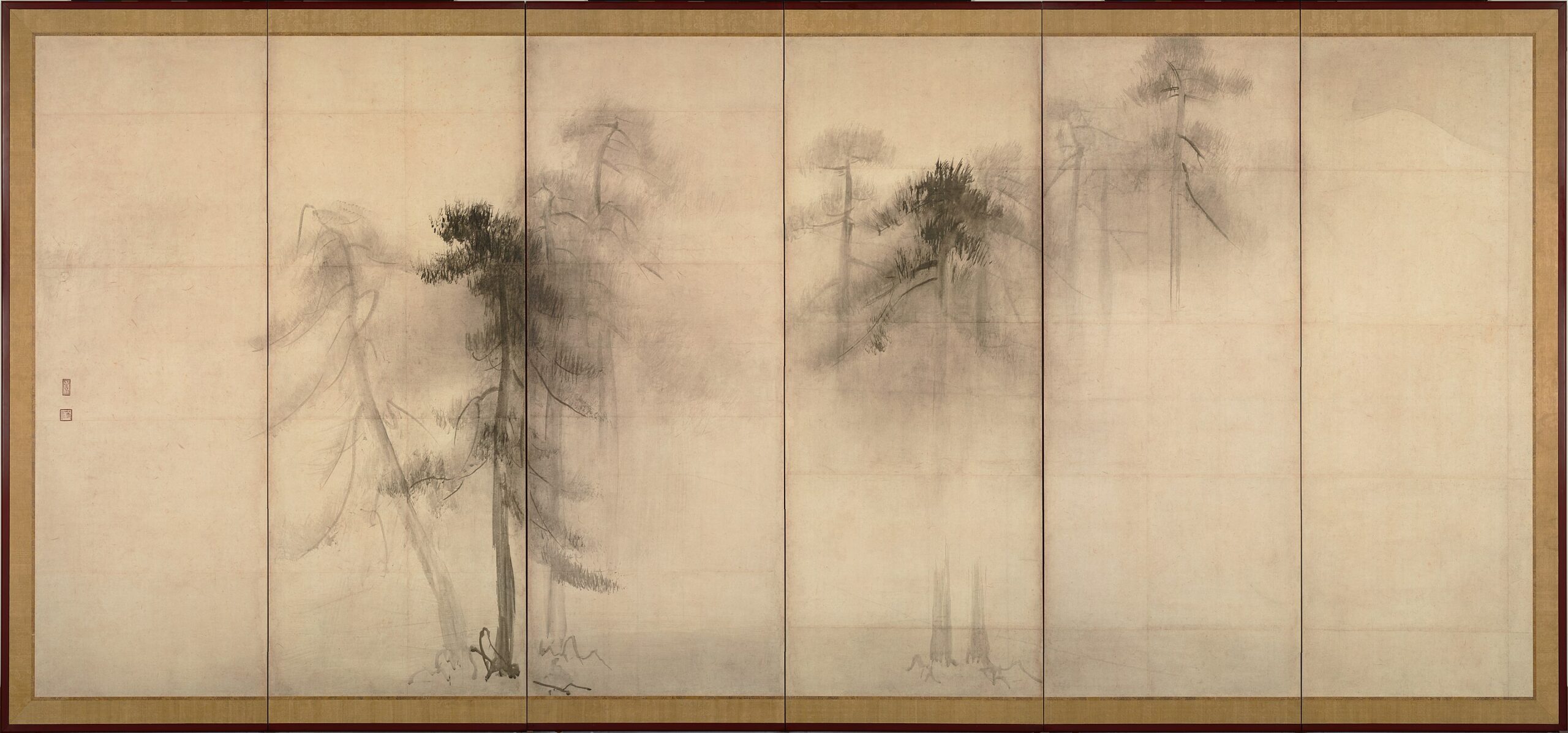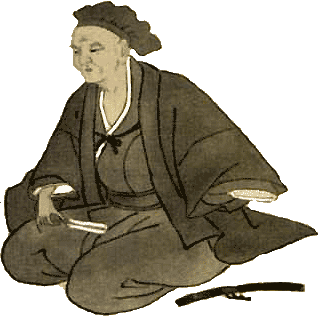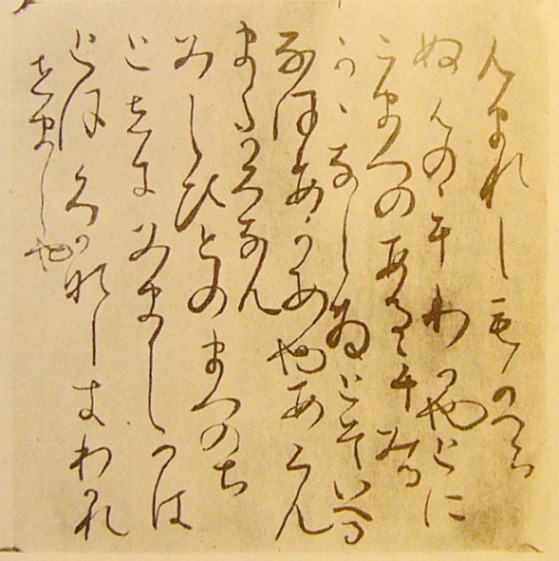Japan・China
A number of Japanese concepts have been established by straddling the “border between China and Japan”.
Crossing the border between China (Kan) and Japan (Wa) means that the interaction between China and Japan gradually fused together to create Japan’s own style of expression and cognition, as well as a unique sense of values in the Middle Ages and the Early Modern Period.
However, Japan, having learned from the global standard, developed a local flavor in the writing and expressions of the “Kojiki” and “Manyoshu” of the Nara period (710-794), and finally, with the emergence of “kana” (Japanese syllabary), a completely new “kana” (phonetic syllabary) was born. The emergence of the kana (Japanese syllabary) in the Nara period (710-794) marked the birth of a completely new “glocal” or “creole” cultural style. What is more, they thoroughly refined it afterwards. What was polished was the creole “Japanese-Chinese border”.
Why did he do this? Why did he do this? It was not simply because he was wise.





